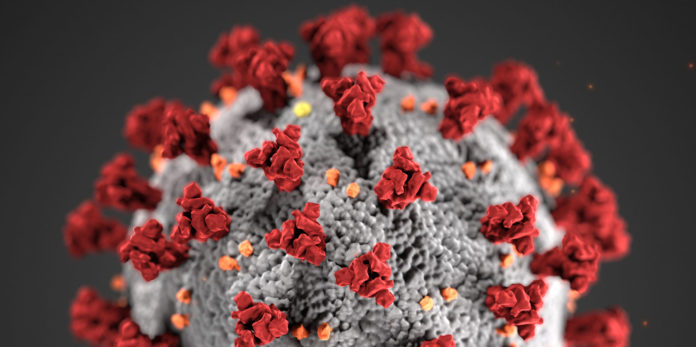MONTEREY COUNTY — The latest assessment by the California Department of Public Health, issued Sept. 8, continues to have Monterey County in Tier I, known as the Purple Tier, which has the most restrictions on businesses.
In order to move to Tier II, the Red Tier, the county must meet required test positivity rate criteria for two consecutive weeks. The county does not currently meet that criteria, but the collected data so far has shown a downward trend countywide.
Monterey County’s case rate for the week of Aug. 11 was 20.7 per 100,000 residents. The county’s newest adjusted case rate for the week of Aug. 25 is 15.9. The case rate threshold to move to Red Tier is seven per 100,000 residents. The county’s testing positivity rate has also declined from 12.5% to 9.9%.
“Ongoing efforts of Monterey County businesses and residents to reduce transmission of Covid-19 will help lead us closer to Tier II, which would loosen restrictions on activities,” said Dr. Edward Moreno, Monterey County Health Officer and Director of Public Health.
Monterey County has an adjusted rate due to having a lower testing rate than the statewide average.
Since a county that tests too few people could have infected residents slip through the cracks for detection, and a county that tests too much could have a higher than ordinary positive rate, the state has implemented an adjustment system, whereby Monterey County’s numbers are adjusted upward to slightly increase the case rates, according to Moreno.
“Even without the adjustment, we were still falling into Tier I,” Moreno said.
Because Monterey County falls in Tier I, the restrictions placed on the county under the earlier watch list framework still apply.
“The many guidance documents for the various industry sectors that the state has put out for the last few months are still in effect,” Moreno said. “If a certain business finds itself described in one of those industry sector guidance documents, they are to follow the guidance.”
He added the county health department is available to answer questions from businesses about guidance and whether or not they can remain open.
Moreno said that education effects of the tier mean no in-person classroom education. He noted schools in Tier I counties can submit a waiver to be reviewed by local and state authorities to find exemptions to operate in-person schooling, but the case rate for their county must be less than double the threshold to leave their tier.
The threshold to leave Tier I is a case rate of seven, but Monterey County’s is beyond twice that rate, at 15.9.
The case rate’s effect on schools means they cannot apply for waivers, but can only have students with special or extreme needs on campus in cohort programs to facilitate learning where distance learning leaves them at a severe disadvantage.
The pattern in data since the new framework began in August, however, has shown Monterey County’s Covid-19 numbers are shrinking.
“I’m hopeful that the effort that Monterey County businesses, residents and our families have taken to follow all the infection control and infection prevention strategies is contributing in part to this decline,” Moreno said. “… We will of course see over time if this becomes a trend and moves us down into case rates where the state would consider moving us into a different tier in the weeks ahead.”
Moreno encouraged everyone to continue following safety guidance for preventing the spread of Covid-19.
“Don’t despair, don’t think that your efforts aren’t paying off, they are paying off,” he said. “We have been able to avoid, at least until now, surges to our hospital system, surges to our emergency room services, surges to our intensive care units.”
As far as the declining case rates, Moreno had some potential contributing explanations for data improving, aside from county residents following health guidance.
One theory is the declining number of tests means less positives, not only in Monterey County but also across the state.
“The decrease in the number of cases that we’re seeing is that fewer people are getting tested,” Moreno said. “We do know that people who have tested positive don’t have a need to go back and get tested again, so there is a segment of our population who are done with testing, at least for the time being.”
On the opposite side, Moreno said some people who tested positive went back for repeated tests to confirm when they were no longer positive. Not only was that unnecessary, as the virus can remain in a dead form in a person’s nose and throat for months, but it upped the positive test rates because one person obtained repeat tests.
“Once you’re positive, you’re positive, and you could be positive for two or three months, but your infectious period is those 10 days,” Moreno said. “After those 10 days, if you’re feeling better and you don’t have a fever, it doesn’t matter what your test result is because you’re not infectious anymore.”
While the evidence shows a decrease in cases, Moreno said the community still needs to keep in mind that testing is important.
“If a health care provider recommends you get tested for Covid-19, my suggestion is you take that health provider’s advice and get tested so you know whether or not you’re positive and infectious and you can take proper steps to isolate from other people,” Moreno said.














